
Miscellaneous February Reading
Artists as curators
This month saw the launch of a new Mousse series of "in-magazine" publications. The Artist as Curator examines the fundamental role artists have played as curators, from the postwar period to the present. The series is edited by Elena Filipovic, who wrote the opening essay of the series. Issue #1 is devoted to an Exhibit by Richard Hamilton and Victor Pasmore, with an essay by Isabelle Moffat, and to John Cage’s Rolywholyover A Circus for Museum by John Cage, discussed by Sandra Skurvida.
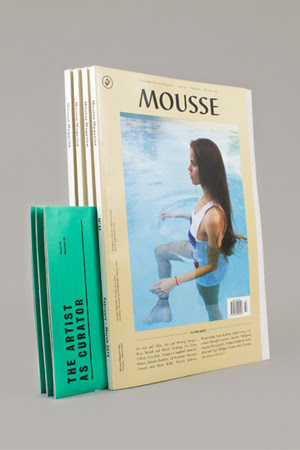
One example of an artist-curated project is the collaboration between European and Cameroonian artists organized by Enough Room for Space. In two special editions of the Cameroonian artist magazine DiARTgonale, the second of which, called Echoes, was recently launched, the outcomes of their long-term curatorial endeavor are chronicled.
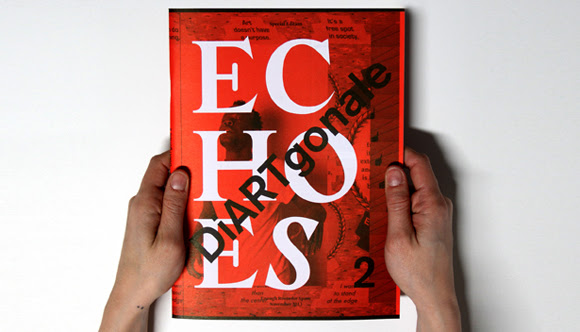
Slothism as counter-politics
Also in Mousse this month (and online) is Sven Lutticken’s essay on "Slothism" offering fascinating insights into the concepts of sleep and boredom and the potential of refusal as a form of counter-politics to a capitalist system that prods us to stick with the program and do our best.
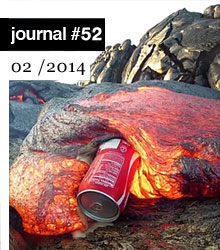
In the e-flux journal this month, dealing with neoliberalism, is an essay by Stephen Squibb on a Genres of Capitalism. In this first part of his article he focuses on the genre of capitalism generally identified with a monetary economy, and focuses on exchange relations rather than on relations of production, consumption, or distribution.
Big systems
Staying on the level of systems, politics and money, Dutch artist Jonas Staal writes in e-flux on art, democratism and propaganda.
His article resonates with the political and moral murky waters that some institutions found themselves in this month. Think of the Guggenheim Abu Dhabi. Activists staged a protest at the Guggenheim museum in New York over this construction of a new branch of the museum because recent reports detailed cases of exploitation and unsanitary living conditions for the low-wage workers.
And then there is the Biennale of Sydney that saw a cry to boycott coming its way over their sponsoring deal with Transfield Holdings, the company contracted to operate the contested offshore detention centers. Five artists, Libia Castro, Ólafur Ólafsson, Charlie Sofo, Gabrielle de Vietri and Ahmet Ögüt, have since actually pulled out of the Biennale. In a statement they wrote: “We see our participation in the Biennale as an active link in a chain of associations that leads to the abuse of human rights. For us, this is undeniable and indefensible.”
Off-camera
The main theme section of Kaleidoscope is dedicated to the deployment of off-camera commentary as a conceptual device in moving-image works. The survey presents an overview by Shama Khanna of artists such as Ed Atkins, Camille Henrot, Pilvi Takala, Duncan Campbell and Laure Prouvost and includes a conversation between Oliver Laric and George Vasey on voiceover.
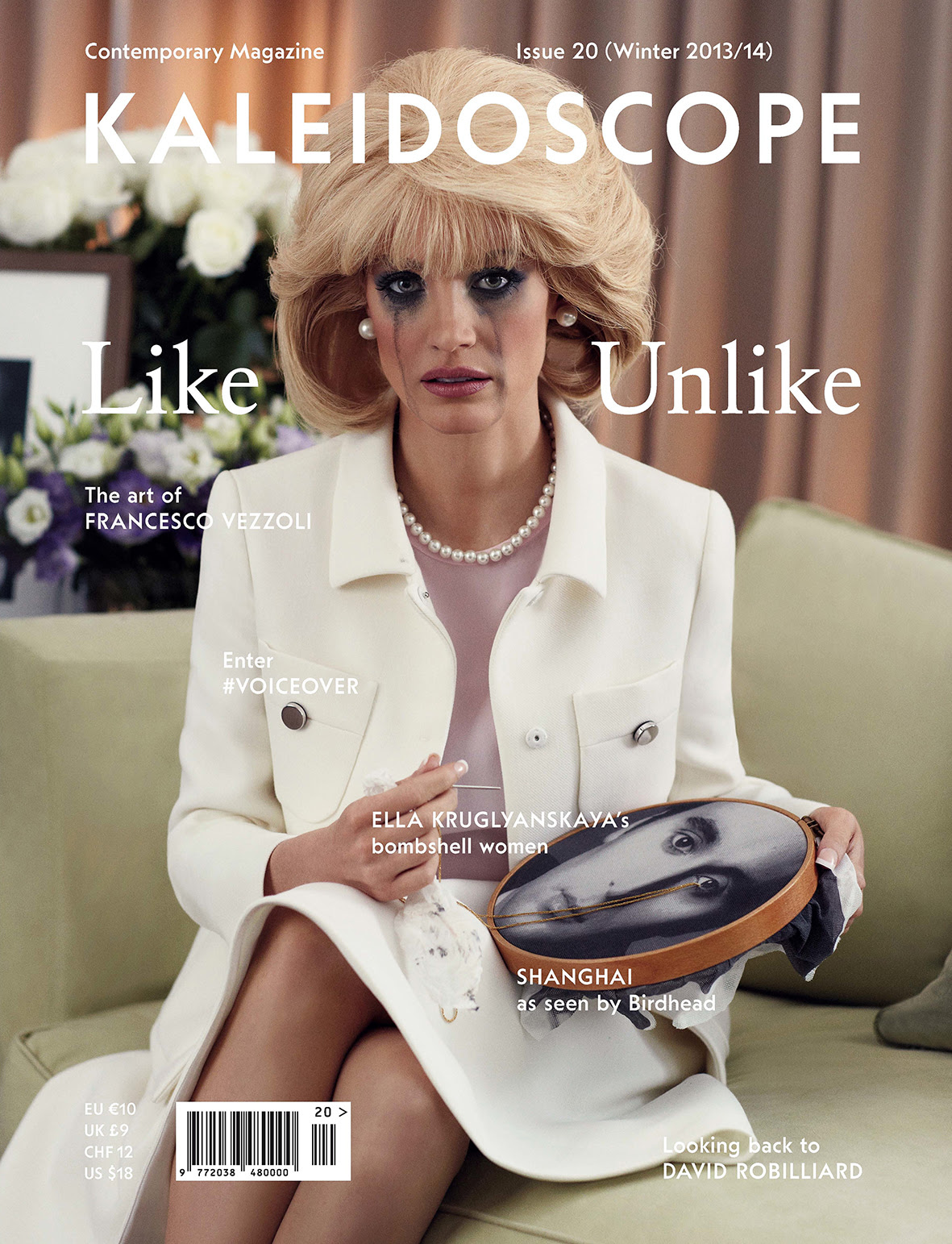
Frieze also pays attention to Camille Henrot and Oliver Laric, this time from the angle of messy cultural assumptions and memes, copies and collective agency respectively.
Big Data
Issue 161 of frieze looks at Big Data: how do state surveillance and quantification culture affect our behavior and artistic production? is the key question of the magazine.
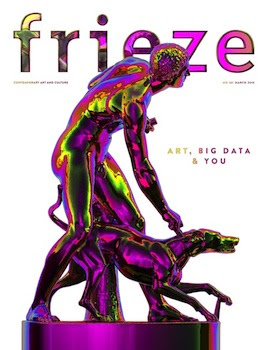
Artforum as well looks at big data and digital design with Mario Carpo: "We know from daily experience that the many digitally based media we use today, from text to images to music, are permanently in flux; their variations can be designed by one or more end users (think of a Wikipedia entry), or by machinic algorithms (think of a Google search), and may at times appear to be entirely out of control, changing in some random and inscrutable way. The same logic applies to the design of physical objects, from teaspoons to entire buildings."
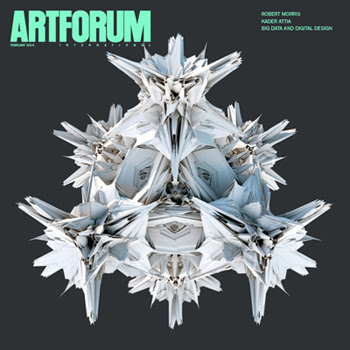
Image homepage: courtesy Palais de Tokyo
Maaike Lauwaert


